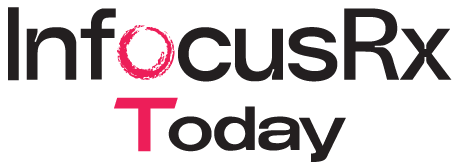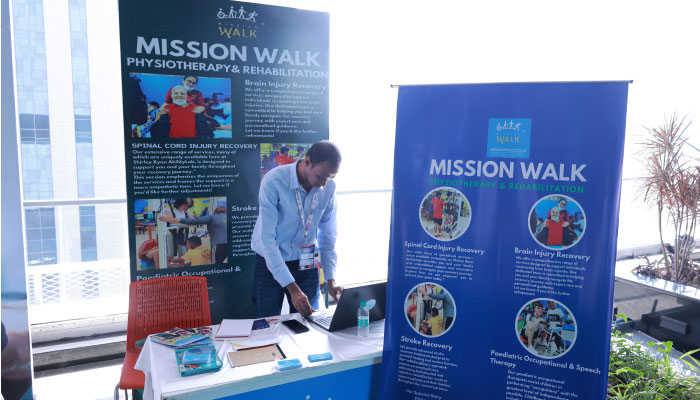Pain in the breast or mammary gland, also known as mastalgia or mastodynia, is a frequent issue that primarily affects young women, but it affects women of all ages. Because of greater awareness about breast cancer, women with mastalgia may become concerned about the likelihood that their breast discomfort is caused by breast cancer and seek medical attention. Pain affects less than 10% of breast cancer patients. However, any breast pain must be evaluated by a doctor to determine the exact reason for the pain. It is estimated that almost 2/3 of women may experience breast pain at some point in their lives, ranging from minor to severe. You can feel pain in one or both breasts. Mastalgia can be transient or last for several weeks or months.
Causes of breast pain
There are many possible causes of mastalgia. It could be caused by a variety of events, including pregnancy and menstruation. Hormonal changes during menstruation, menopause, and pregnancy all contribute to breast tenderness and discomfort. Pain, swelling, and soreness a few days before periods are normally normal, but persistent pain for no apparent reason that lasts for weeks or months is cause for concern. Other factors may also cause mastalgia. Breast pain can arise during puberty in teenagers owing to hormonal changes. Following childbirth, your breasts will be loaded with milk, which may cause swelling and soreness. Furthermore, nursing might cause breast soreness.
Other causes of mastalgia include infection or injury to breast tissues, fibrocystic breast changes (painful and lumpy breasts just before your periods), and shingles caused by the chicken pox virus (painful, blistering skin rashes on one of your breasts months or years after you were infected with chicken pox). Breast cancer is very rarely the cause of breast pain.
Types of breast pain
Women experience two types of breast pain: cyclic and non-cyclic. Approximately 40% of women develop cyclic mastalgia a week or two before their periods. It has something to do with the menstrual cycle. You may feel a burning, stabbing, or pricking pain in one or both breasts if you have cyclic mastalgia. This may also cause armpit, arm, and shoulder pain. Changes in hormone levels during the menstrual cycle increase the sensitivity of breast tissues. As the breasts prepare for changes during pregnancy, there is fluid retention before your periods. Swollen, enlarged, and painful breasts originate from fluid retention, which resolves with menstruation. Despite this, no specific hormone has been identified as a cause of cyclic mastalgia.
Non-cyclic breast pain is typical in older women. Non-cyclic breast pain can be further classified into two types: The first is pain that begins in the breast but is unrelated to the menstrual cycle. This is typical of older women, both before and after menopause. The intense and stabbing pain is localized. It is best to visit your doctor if you are experiencing acute or ongoing pain. The second type of non-cyclic mastalgia originates elsewhere, but the pain is felt in the breast. Musculoskeletal pain refers to discomfort that originates in the bones, joints, and muscles. Non-cyclic mastalgia may also be caused by pain in the chest wall and spine.
Diagnosis
During your appointment with the doctor, he may inquire about your previous medical history and family history. The doctor will instruct you to describe your discomfort and the precise location where you feel it.
A visual and manual examination of your breast will be performed to look for lumps, skin rashes, or other abnormalities. Lymph nodes in your underarms and lower neck will also be inspected. Your doctor will listen to your heart and lungs and examine your chest wall and belly to ensure that the discomfort is coming from your breast and not from somewhere else. If you are under the age of 35 and your physical examination and medical history reveal no abnormalities, no extra testing is required. However, if you are over the age of 35 and your physical examination is normal, your doctor may still recommend a mammogram.
If a lump or unusual thickening of breast tissue is found, your doctor may recommend a mammogram. This is a breast tissue X-ray examination. An ultrasound might be required. If lumps are found on your breast, your doctor may recommend a breast biopsy, in which a small portion of your breast tissue is removed and inspected under a microscope.
Treatment
There are numerous treatments available to alleviate breast pain. Your doctor may recommend one of the treatment choices based on what is causing the discomfort.
- Some women may benefit from wearing comfortable pants and apparel that fits appropriately.
- For non-cyclic breast pain, a non-steroid anti-inflammatory medication.
- An oral contraceptive can help; if you are already on contraception, your doctor may adjust the dose.
- Dose adjustment of your hormone replacement therapy, either by lowering it or totally discontinuing it (as determined by your doctor).
- The only approved medicine for treating breast pain and tenderness is Danazol, but it has many androgenic (male characteristic) side effects such as acne, weight gain, and changes in voice, thereby restricting its use. Tamoxifen, another drug used for treating breast cancer, is prescribed for some women, but it also has many potential side effects that are much more bothersome than breast pain.
- Make changes to your diet, as being overweight produces an excess amount of oestrogen hormone, which causes breast pain.
- For cyclic mastalgia, some suggest reducing salt consumption, but many times this doesn’t help as cyclic mastalgia is associated with hormonal change and not fluid retention.
- Regular exercise is recommended, as physical activity produces endorphins, a natural painkiller produced in our body.
Home remedies
Though there is little evidence that supports these home remedies, they may help a few women manage their breast pain. Some tips include:
- Use hot and cold compresses on your breasts.
- Wear proper-fitting clothing and innerwear.
- If anxiety is the cause of pain, try some relaxation therapy at home.
- Make changes in your diet and try to shed a few kilos.
- Try a pain reliever.
- Limit your consumption of caffeine.
Conclusion
Mastalgia is caused by a variety of reasons, which can be cyclic or non-cyclic. In general, cyclic mastalgia is more effectively treated than non-cyclic mastalgia. Most patients concern themselves more with whether breast cancer has occurred than with the pain caused by mastalgia. Remember that breast cancer is rarely associated with breast pain. However, breast pain must be evaluated to rule out the possibility of malignancy. Any pain that lasts for an extended period of time is tough to manage; thus, see your doctor and learn how to manage your pain in addition to the doctor’s plan.



